Home>Furniture & Design>Interior Design Trends>How To Stop A Crack In Glass From Spreading
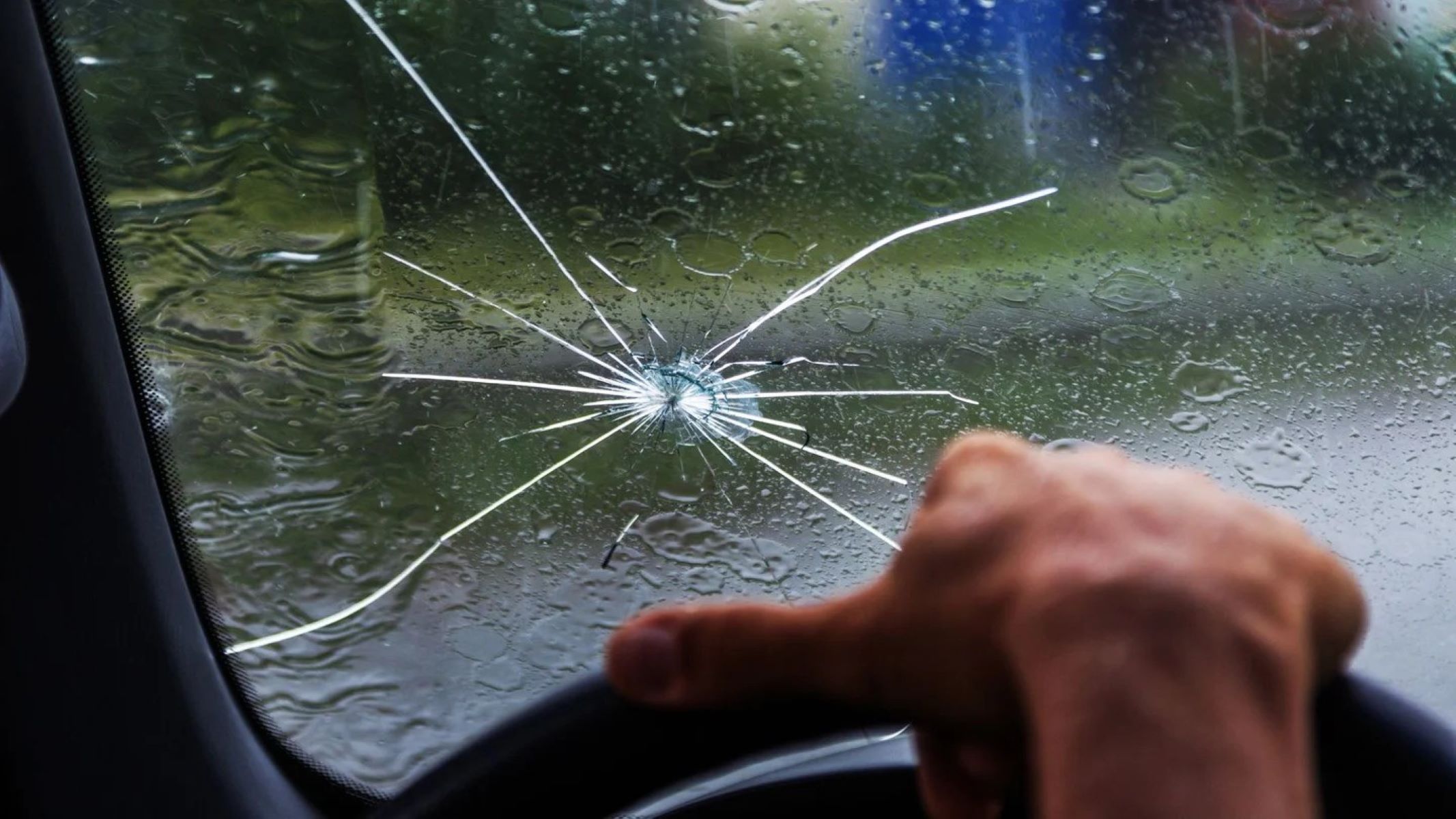

Interior Design Trends
How To Stop A Crack In Glass From Spreading
Published: February 6, 2024
Learn effective interior design trends to prevent a crack in glass from spreading. Discover expert tips and techniques for stopping cracks in glass.
(Many of the links in this article redirect to a specific reviewed product. Your purchase of these products through affiliate links helps to generate commission for Storables.com, at no extra cost. Learn more)
Introduction
Dealing with a crack in glass can be a frustrating experience, especially when it seems to be spreading before your eyes. Whether it's a small chip or a more significant fracture, addressing the issue promptly is crucial to prevent further damage. Understanding the nature of glass cracks and knowing how to stop them from spreading can save you time, money, and the hassle of having to replace the entire glass surface.
Glass, despite its smooth and seemingly solid appearance, is a delicate material that can be prone to cracks and chips due to various factors such as impact, temperature changes, or structural stress. When a crack appears, it can quickly become a larger problem if left unattended. However, with the right tools, materials, and techniques, it is possible to halt the progression of the crack and restore the integrity of the glass.
In this comprehensive guide, we will delve into the intricacies of glass cracks, explore the essential tools and materials needed for the repair process, and provide step-by-step instructions to effectively stop a crack from spreading. Additionally, we will share valuable tips for preventing future cracks, ensuring that your glass surfaces remain in optimal condition for the long term.
By the end of this guide, you will have the knowledge and confidence to tackle glass cracks with precision and efficiency, ultimately preserving the functionality and aesthetics of your glass items. Let's embark on this journey to master the art of stopping cracks in glass and safeguarding the beauty and utility of your cherished glass possessions.
Key Takeaways:
- Don’t let cracks in glass stress you out! With the right tools and materials, you can stop cracks from spreading and restore the integrity of your glass items, saving time and money.
- Handle glass with care and use protective coatings to prevent future cracks. Regular maintenance and choosing high-quality glass can prolong the longevity of your glass items, ensuring they remain resilient and visually appealing.
Read more: How To Stop Ground Cover From Spreading
Understanding the nature of glass cracks
Glass, a material renowned for its transparency, elegance, and versatility, possesses a unique molecular structure that influences the behavior of cracks. When a glass surface experiences an impact or stress, it can lead to the formation of cracks, which may appear as small chips, hairline fractures, or larger fissures. Understanding the nature of glass cracks is essential for effectively addressing and preventing their spread.
One of the defining characteristics of glass is its lack of crystalline structure. Unlike metals and ceramics, which have an ordered arrangement of atoms, glass exhibits an amorphous structure, wherein its molecules are arranged in a random, disordered fashion. This molecular arrangement contributes to the brittle nature of glass, making it susceptible to cracks when subjected to external forces.
When a crack initiates in glass, it tends to propagate due to the absence of grain boundaries or structural reinforcements that can impede its progression. This means that even a small crack can quickly extend across the glass surface if not addressed promptly. Additionally, environmental factors such as temperature variations and humidity levels can influence the behavior of glass cracks, potentially exacerbating their spread.
Furthermore, the type of glass also plays a significant role in how cracks manifest and propagate. For instance, tempered glass, which undergoes a specialized heat treatment process to enhance its strength, is designed to fracture into small, granular pieces rather than sharp shards. Understanding the specific characteristics of the glass in question is crucial for implementing appropriate crack-stopping techniques.
In essence, the nature of glass cracks is intricately linked to the molecular structure of glass, its susceptibility to external forces, and environmental influences. By comprehending these factors, individuals can gain valuable insights into the behavior of cracks in glass, empowering them to take proactive measures to prevent their spread and preserve the integrity of glass surfaces.
Tools and materials needed
Repairing a crack in glass requires the use of specific tools and materials to effectively halt its progression and restore the structural integrity of the glass surface. By assembling the necessary items beforehand, you can streamline the repair process and achieve optimal results. Here are the essential tools and materials needed for stopping a crack in glass from spreading:
Tools:
-
Safety Gloves and Goggles: Prioritize safety by wearing protective gloves and goggles to shield your hands and eyes from potential glass shards during the repair process.
-
Glass Cleaner and Cloth: Begin by thoroughly cleaning the cracked area using a high-quality glass cleaner and a lint-free cloth. This step ensures that the surface is free from dirt, debris, and oils, allowing for better adhesion of the repair materials.
-
Magnifying Glass or Loupe: A magnifying glass or loupe can aid in closely inspecting the crack, enabling you to assess its depth and intricacies, which is crucial for determining the appropriate repair approach.
-
Dremel Rotary Tool with Diamond Burr Bit: For more advanced repairs, a Dremel rotary tool equipped with a diamond burr bit can be used to carefully grind and smoothen the edges of the crack, preparing it for the application of repair materials.
-
UV Light or Sunlight: If utilizing a resin-based repair kit, a UV light source or natural sunlight is essential for curing the resin and achieving a durable, transparent finish.
Materials:
-
Glass Repair Kit: Invest in a high-quality glass repair kit containing resin, curing strips, and other essential components. These kits are designed to effectively stop cracks from spreading and restore the visual clarity of the glass.
-
Clear Nail Polish or Super Glue: In the absence of a glass repair kit, clear nail polish or super glue can serve as temporary solutions to prevent the crack from spreading until a more comprehensive repair can be performed.
-
Resin: Opt for a specialized glass resin that is formulated to bond with the glass surface and create a seamless, durable repair. The resin should be transparent and capable of withstanding environmental stressors.
-
Curing Strips or Film: Some repair kits include curing strips or film, which are used to cover the applied resin and facilitate the curing process. These components are vital for achieving a smooth, level surface.
-
Razor Blade or Sharp Utility Knife: A razor blade or sharp utility knife is useful for removing excess resin and achieving a flush, polished finish after the repair material has cured.
By ensuring that you have the necessary tools and materials at your disposal, you can effectively address glass cracks and prevent their spread, ultimately prolonging the lifespan of your glass items and maintaining their aesthetic appeal.
Step-by-step instructions for stopping a crack from spreading
-
Assess the Crack: Begin by carefully examining the crack to determine its size, depth, and location. Use a magnifying glass or loupe to inspect the intricacies of the crack, as this will guide your approach to the repair process.
-
Clean the Area: Thoroughly clean the cracked area using a glass cleaner and a lint-free cloth. Ensure that the surface is free from dirt, debris, and oils, as this will facilitate better adhesion of the repair materials.
-
Prepare the Glass Repair Kit: If utilizing a glass repair kit, carefully read the instructions and prepare the components as directed. This may involve mixing the resin, applying curing strips, or activating the UV light source.
-
Apply the Repair Material: Using the provided applicator or a steady hand, apply the resin or repair material along the length of the crack. Ensure that the material penetrates the entire crack and fills any voids or gaps.
-
Cure the Resin: If using a resin-based repair kit, expose the applied resin to a UV light source or natural sunlight as per the kit's instructions. Allow the resin to cure fully, ensuring that it forms a durable, transparent bond with the glass surface.
-
Trim Excess Material: Once the resin has cured, carefully trim any excess material using a razor blade or sharp utility knife. This step is crucial for achieving a smooth, level surface and seamlessly blending the repair with the surrounding glass.
-
Inspect and Test: After completing the repair, inspect the treated area to ensure that the crack has been effectively sealed and the spread has been halted. Gently run your finger over the repaired section to check for any rough edges or inconsistencies.
-
Monitor the Repair: Keep a close eye on the repaired area over the following days and weeks to ensure that the crack remains stabilized. Avoid subjecting the glass to sudden temperature changes or excessive stress during this period.
By following these step-by-step instructions, you can effectively stop a crack in glass from spreading and restore the structural integrity of the affected surface. These proactive measures not only prevent further damage but also contribute to the prolonged durability and visual clarity of your glass items.
If you have a crack in glass, you can stop it from spreading by applying clear nail polish or super glue to the ends of the crack. This will help prevent it from getting bigger.
Tips for preventing future cracks
Preventing future cracks in glass involves proactive measures aimed at minimizing the risk of impact, stress, and environmental factors that can lead to the formation of cracks. By implementing the following tips, individuals can safeguard their glass surfaces and reduce the likelihood of encountering similar issues in the future.
-
Handle with Care: Treat glass items with gentle care to minimize the risk of accidental impacts or drops. When moving glassware or decorative pieces, handle them with caution and avoid placing them in precarious positions where they may be susceptible to falling or knocking against hard surfaces.
-
Use Protective Coatings: Consider applying protective coatings or films to glass surfaces that are frequently exposed to potential hazards. These coatings can act as a barrier against scratches, abrasions, and minor impacts, reducing the vulnerability of the glass to cracks.
-
Avoid Extreme Temperature Changes: Glass is sensitive to rapid temperature fluctuations, which can induce stress and compromise its structural integrity. To prevent thermal shock, avoid exposing glass items to sudden temperature changes, such as placing hot objects on cold surfaces or vice versa.
-
Regular Maintenance: Incorporate regular maintenance routines for glass surfaces, including thorough cleaning and inspection. By identifying and addressing minor flaws or imperfections early on, individuals can prevent them from developing into larger cracks over time.
-
Proper Storage: Store glass items in a secure and stable manner to minimize the risk of accidental impacts or pressure. Utilize appropriate storage containers, padding, and shelving to ensure that glassware, dishes, and decorative pieces are safely housed and protected from potential damage.
-
Address Structural Stress: For glass surfaces within architectural or structural applications, such as windows and doors, ensure that they are installed and maintained in accordance with recommended guidelines. Address any structural stress factors, such as improper fitting or excessive pressure, to prevent cracks from forming due to structural strain.
-
Choose High-Quality Glass: When purchasing new glass items or considering glass installations, opt for high-quality, durable glass products that are designed to withstand everyday use and potential stressors. Investing in superior glass materials can contribute to long-term resilience and reduced susceptibility to cracks.
-
Seek Professional Repairs: In the event of minor chips or imperfections, seek professional repairs from experienced glass technicians. Promptly addressing minor issues can prevent them from escalating into larger cracks, preserving the integrity and aesthetics of the glass.
By incorporating these proactive tips into your approach to glass care and maintenance, you can significantly reduce the risk of future cracks and prolong the longevity of your glass items. These preventative measures contribute to a proactive and sustainable approach to preserving the beauty and functionality of glass surfaces, ensuring that they remain resilient and visually appealing for years to come.
Conclusion
In conclusion, the ability to effectively address and prevent the spread of cracks in glass is a valuable skill that empowers individuals to preserve the integrity and visual clarity of their glass items. By understanding the nature of glass cracks and employing the appropriate tools, materials, and techniques, it is possible to halt the progression of cracks and restore the structural stability of glass surfaces.
The intricate molecular structure of glass, characterized by its amorphous nature and susceptibility to external forces, underscores the importance of promptly addressing cracks to prevent their spread. Through careful assessment, thorough cleaning, and the application of specialized repair materials, individuals can mitigate the risk of further damage and maintain the pristine appearance of their glass items.
Furthermore, the proactive measures outlined for preventing future cracks serve as essential guidelines for minimizing the risk of glass damage. By handling glass items with care, utilizing protective coatings, and implementing regular maintenance routines, individuals can reduce the likelihood of encountering similar issues in the future, contributing to the prolonged durability of their glass possessions.
Ultimately, the art of stopping cracks in glass encompasses a blend of precision, proactive maintenance, and a deep understanding of the unique properties of glass. By incorporating the insights and techniques shared in this guide, individuals can approach glass crack repair with confidence, knowing that they have the knowledge and tools to effectively address cracks and safeguard the longevity of their glass surfaces.
As we conclude this comprehensive guide, it is evident that the preservation of glass items goes beyond mere aesthetics; it is a testament to the commitment to maintaining functional, resilient, and visually captivating glass surfaces. With the newfound understanding and practical skills acquired from this guide, individuals can embark on their journey to master the art of stopping cracks in glass, ensuring that their glass items remain a source of beauty and utility for years to come.
Frequently Asked Questions about How To Stop A Crack In Glass From Spreading
Was this page helpful?
At Storables.com, we guarantee accurate and reliable information. Our content, validated by Expert Board Contributors, is crafted following stringent Editorial Policies. We're committed to providing you with well-researched, expert-backed insights for all your informational needs.
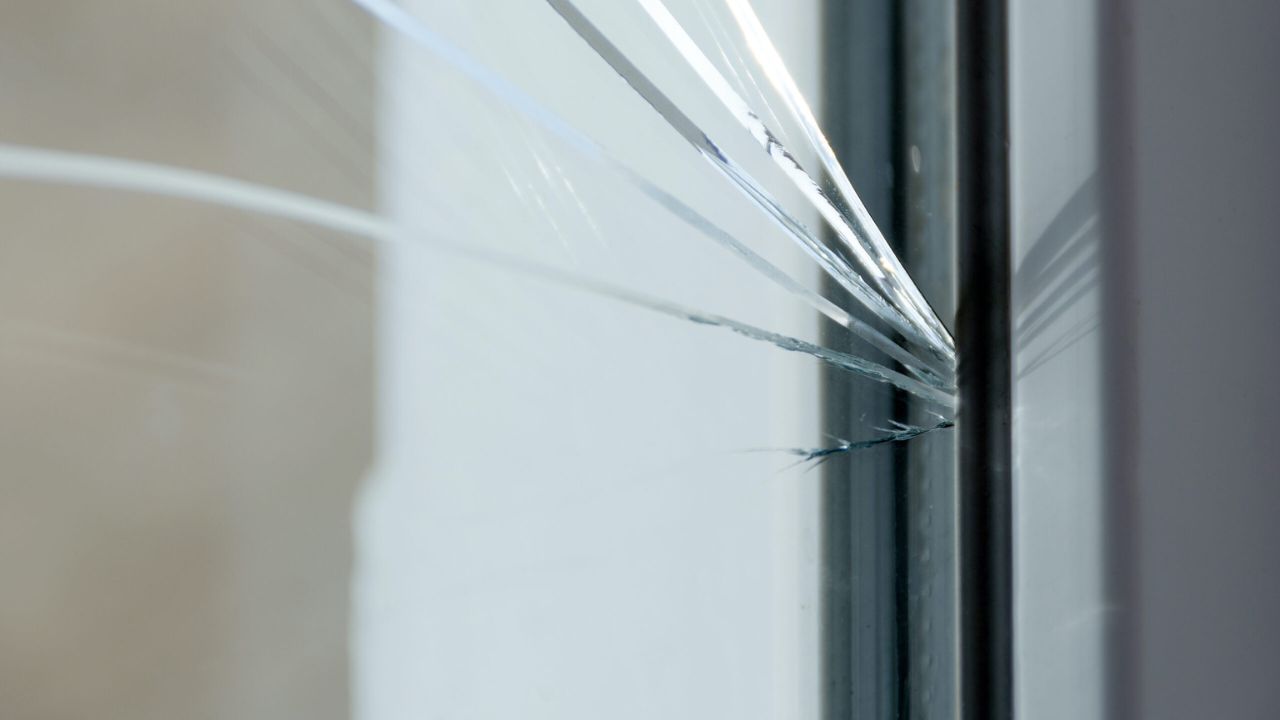

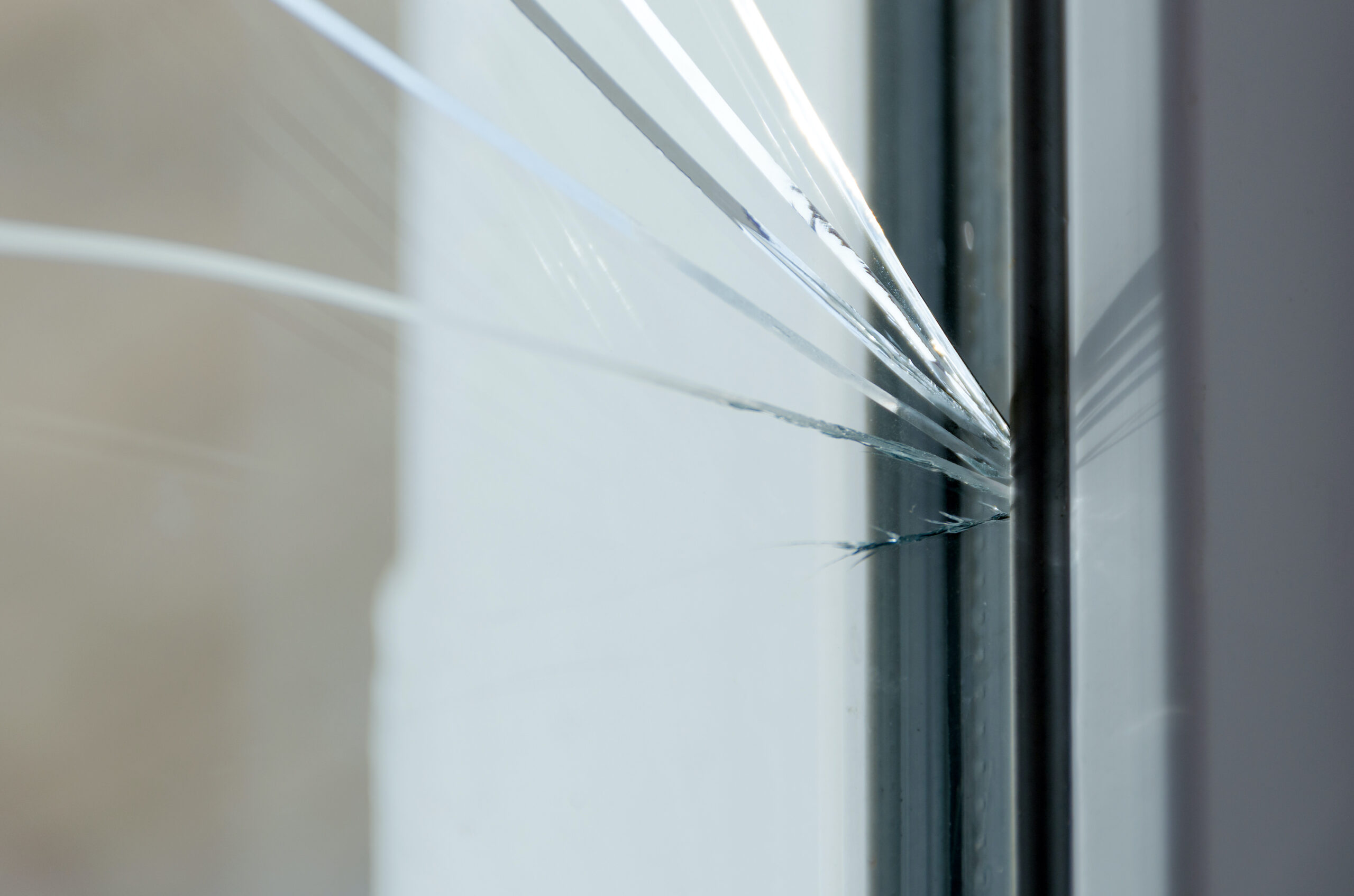
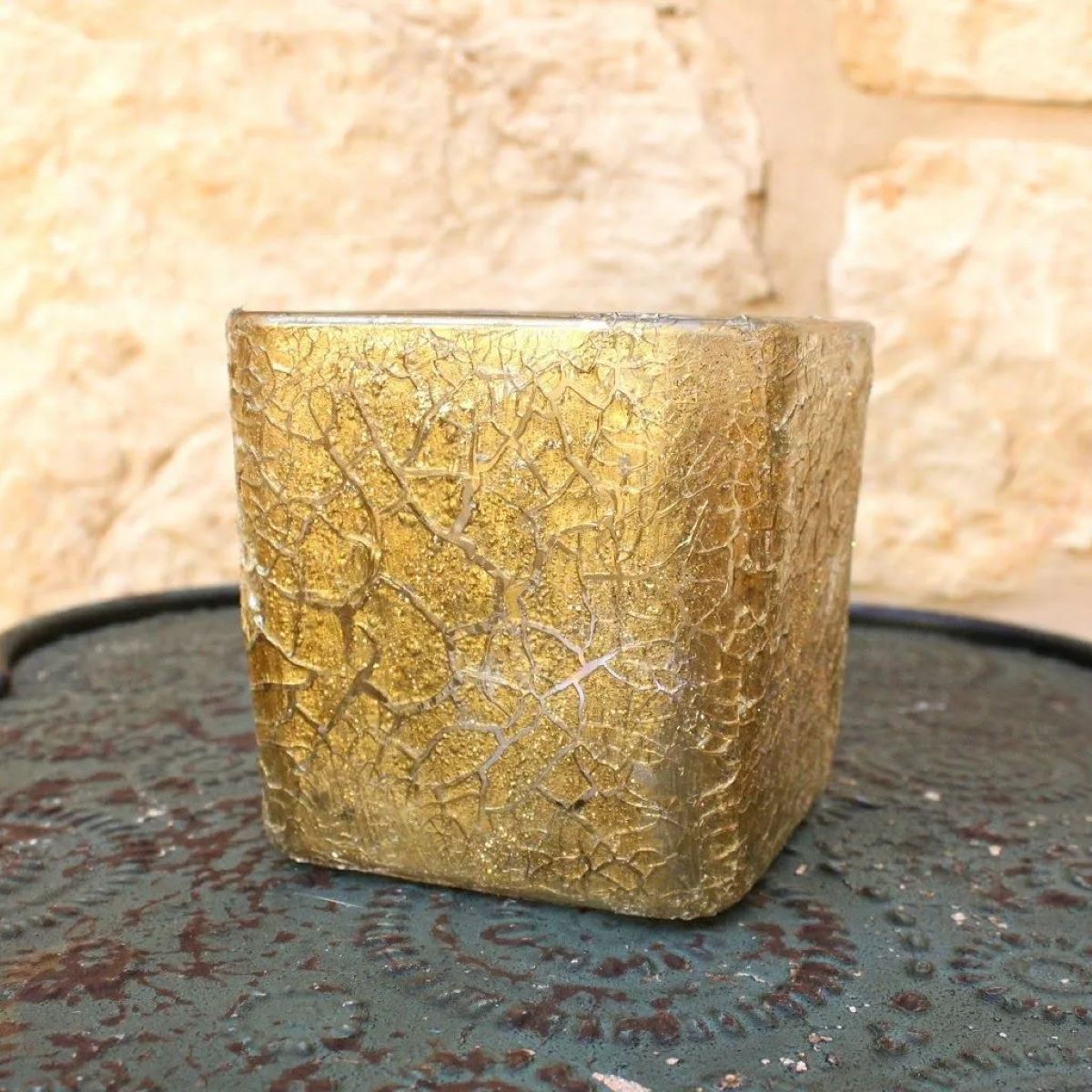
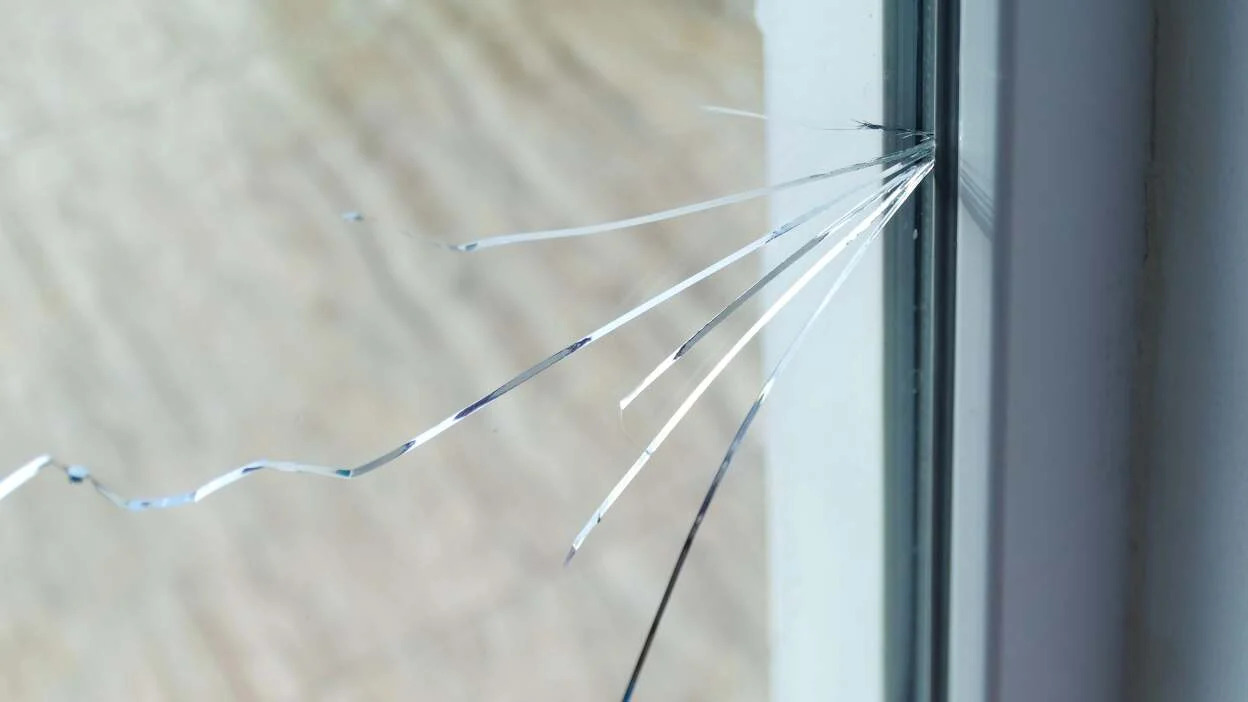

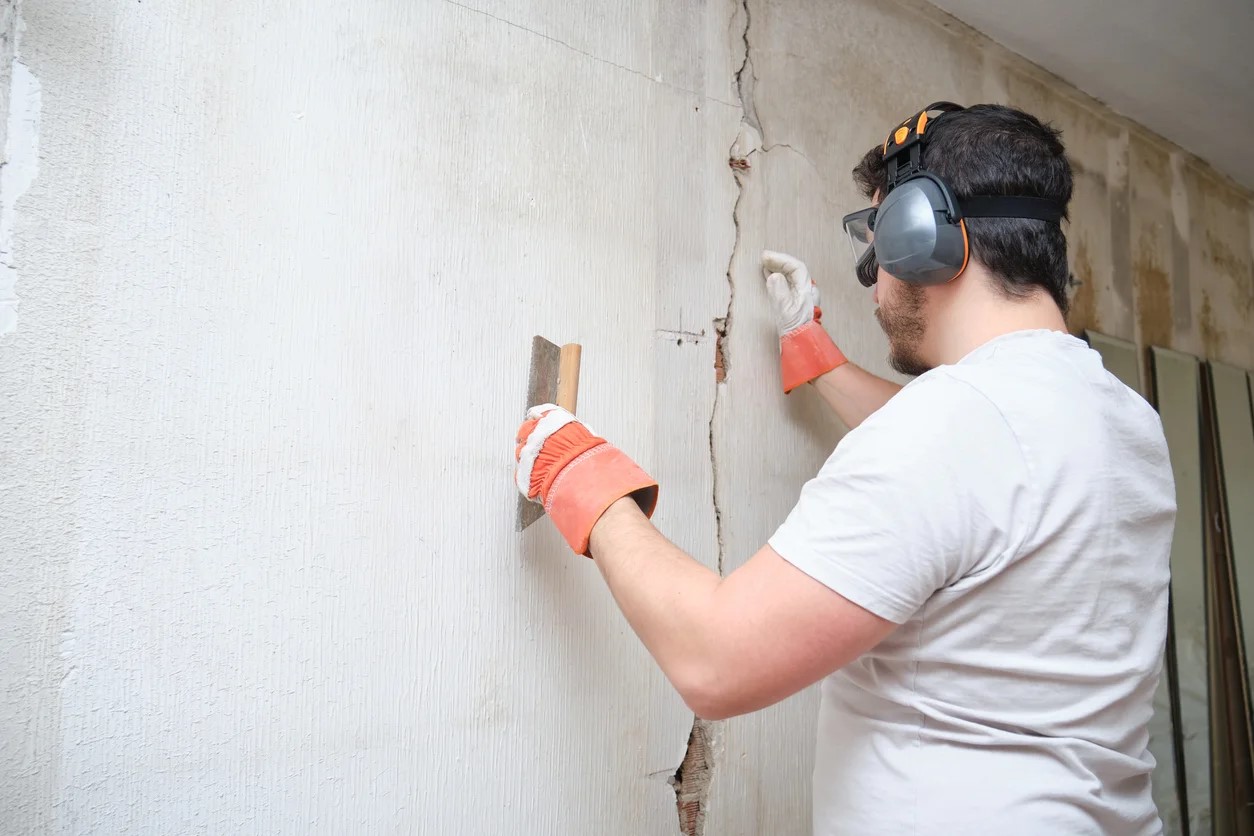
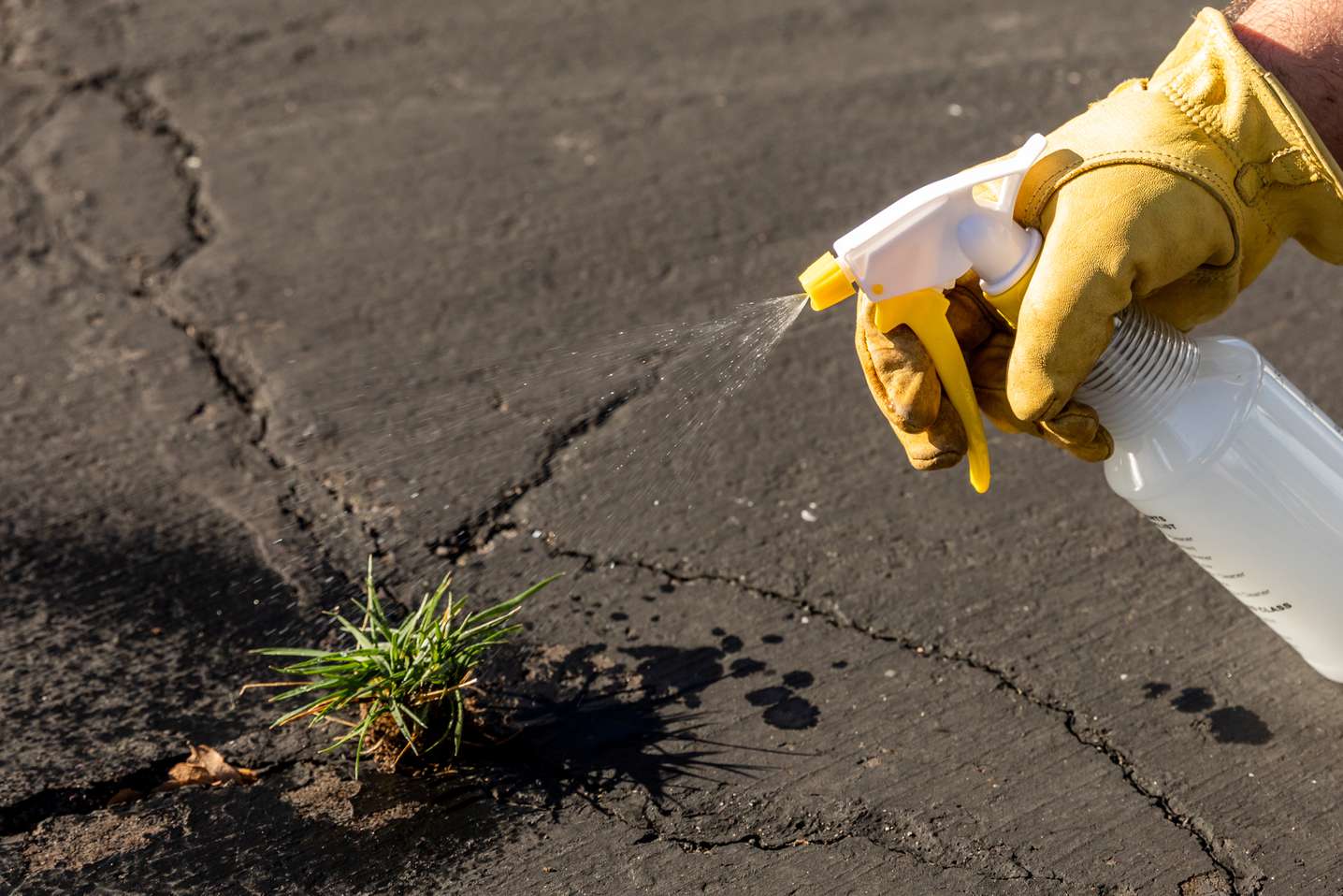
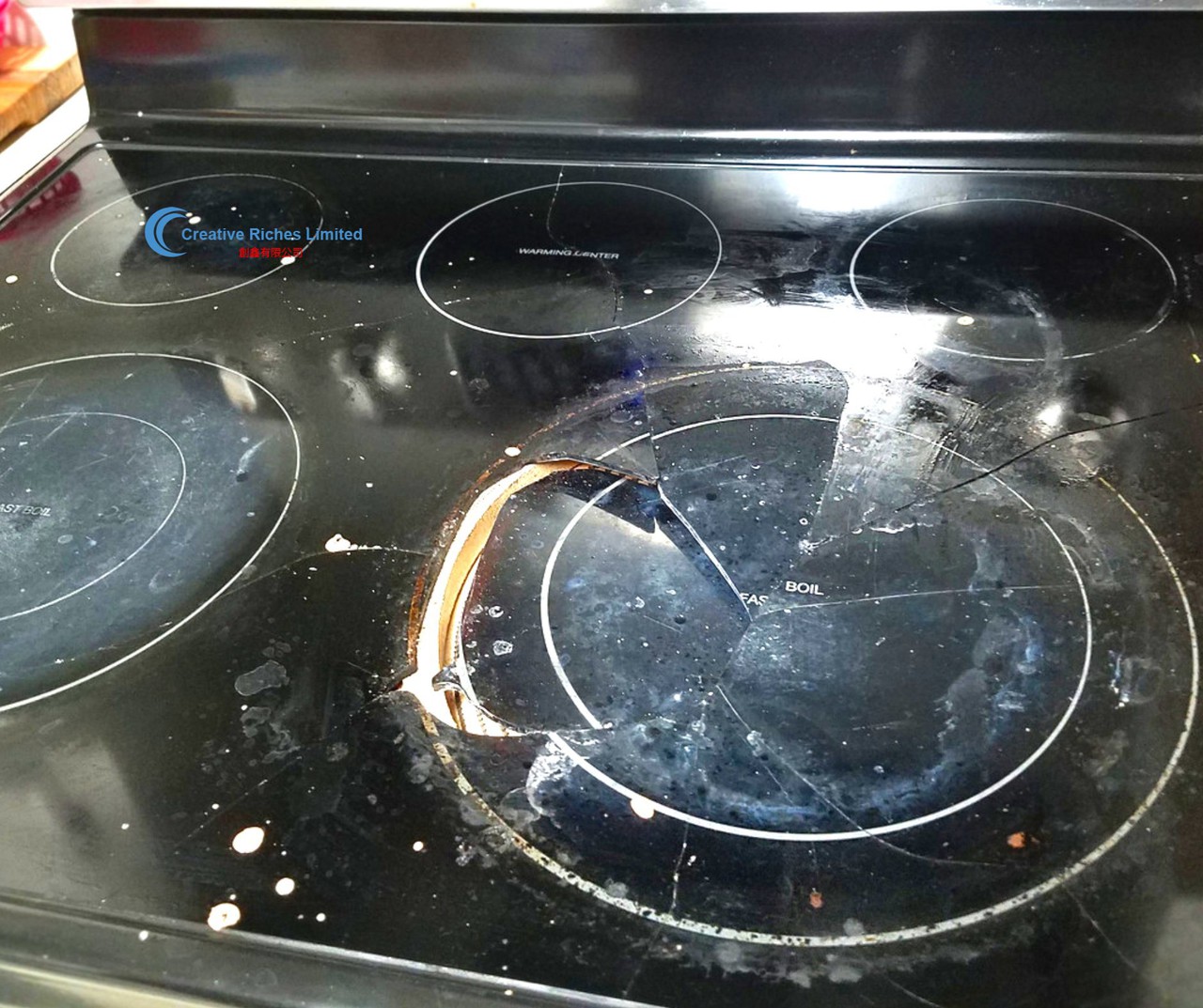

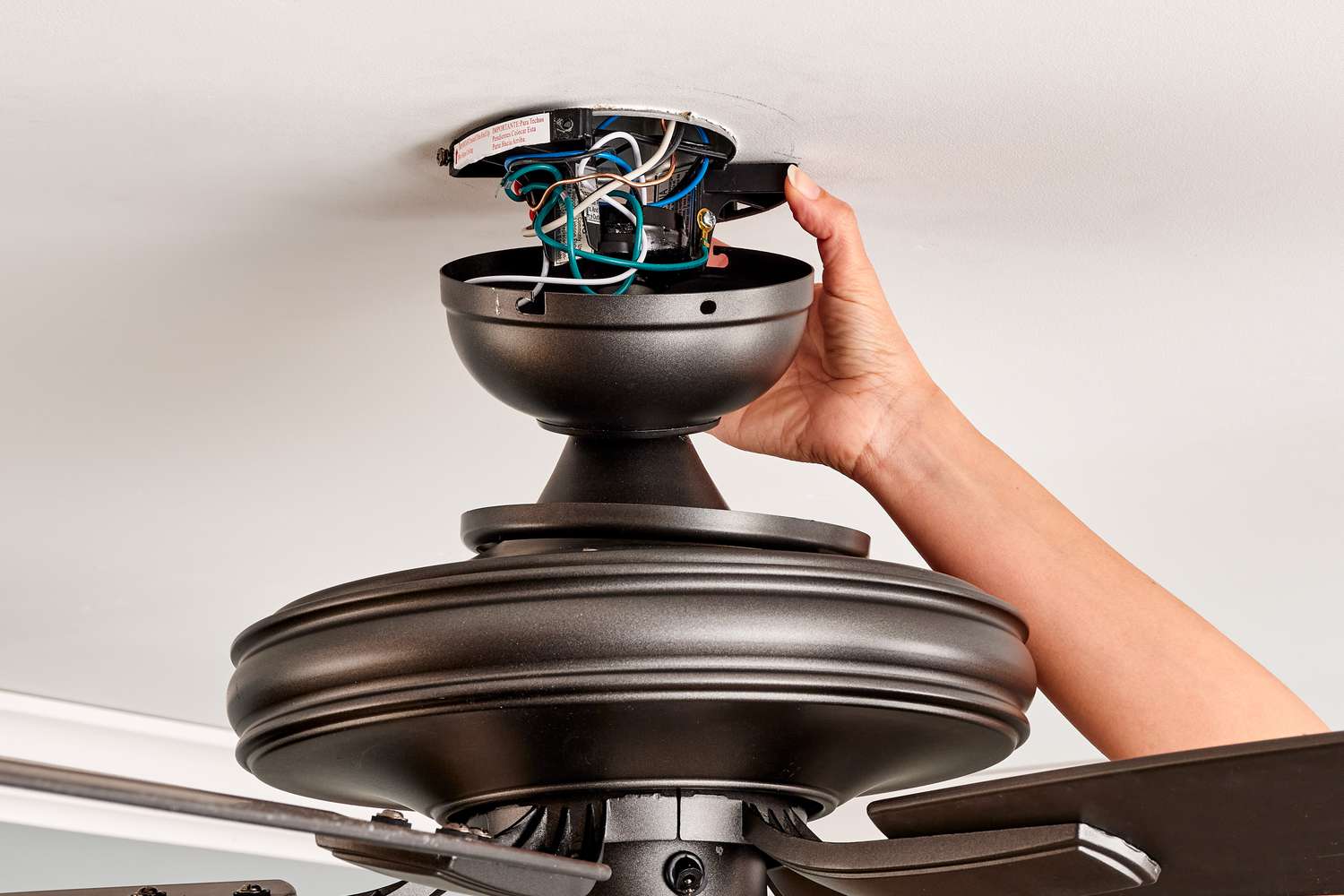
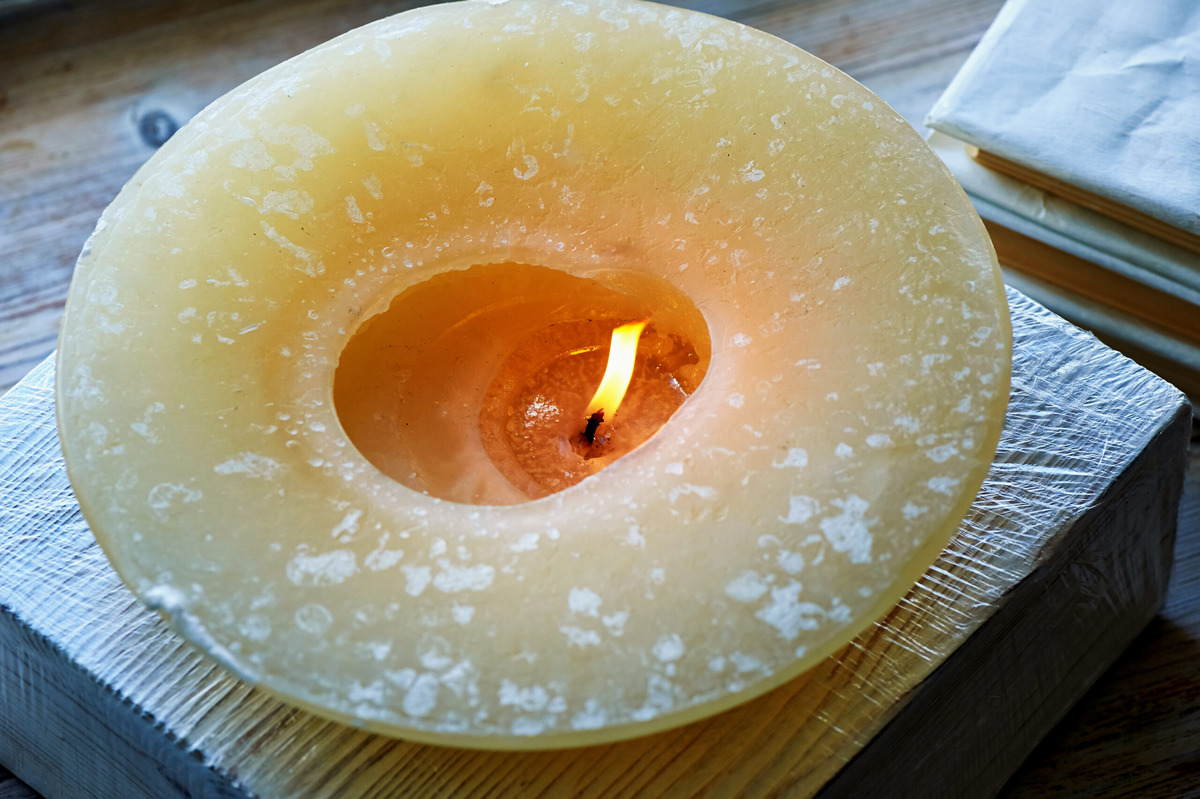
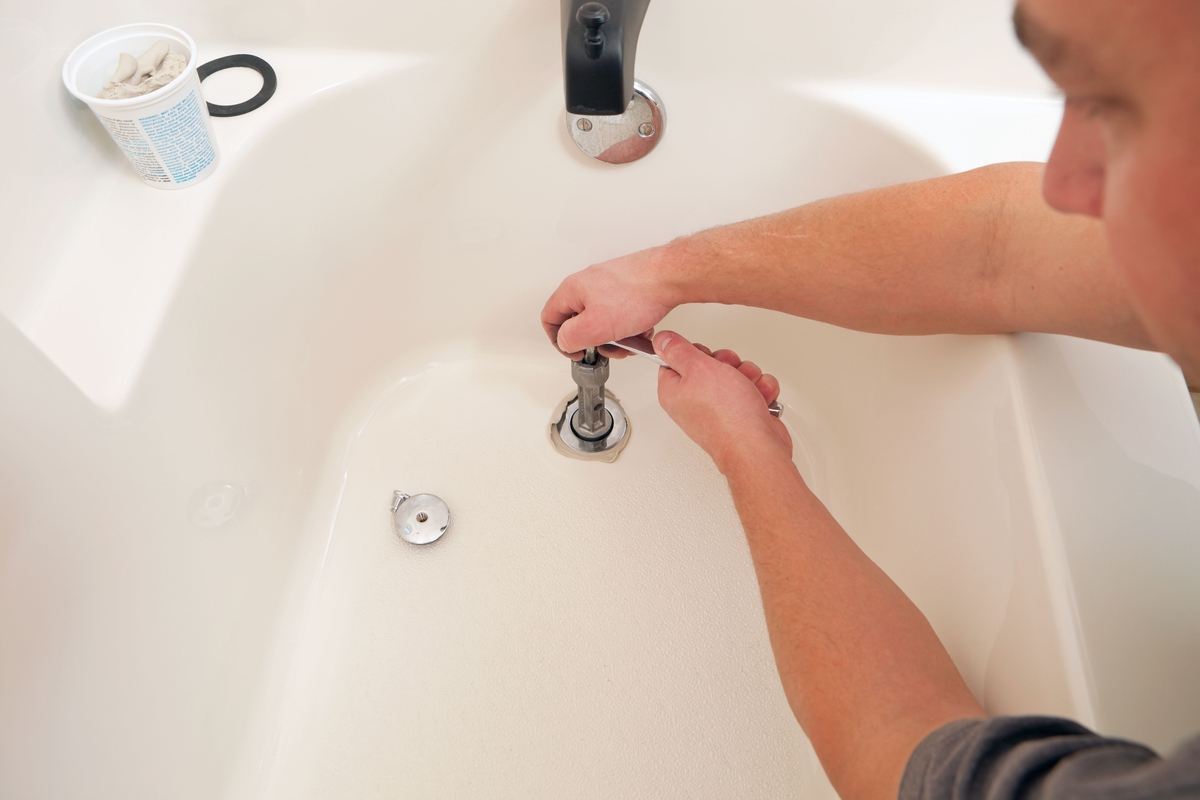


0 thoughts on “How To Stop A Crack In Glass From Spreading”